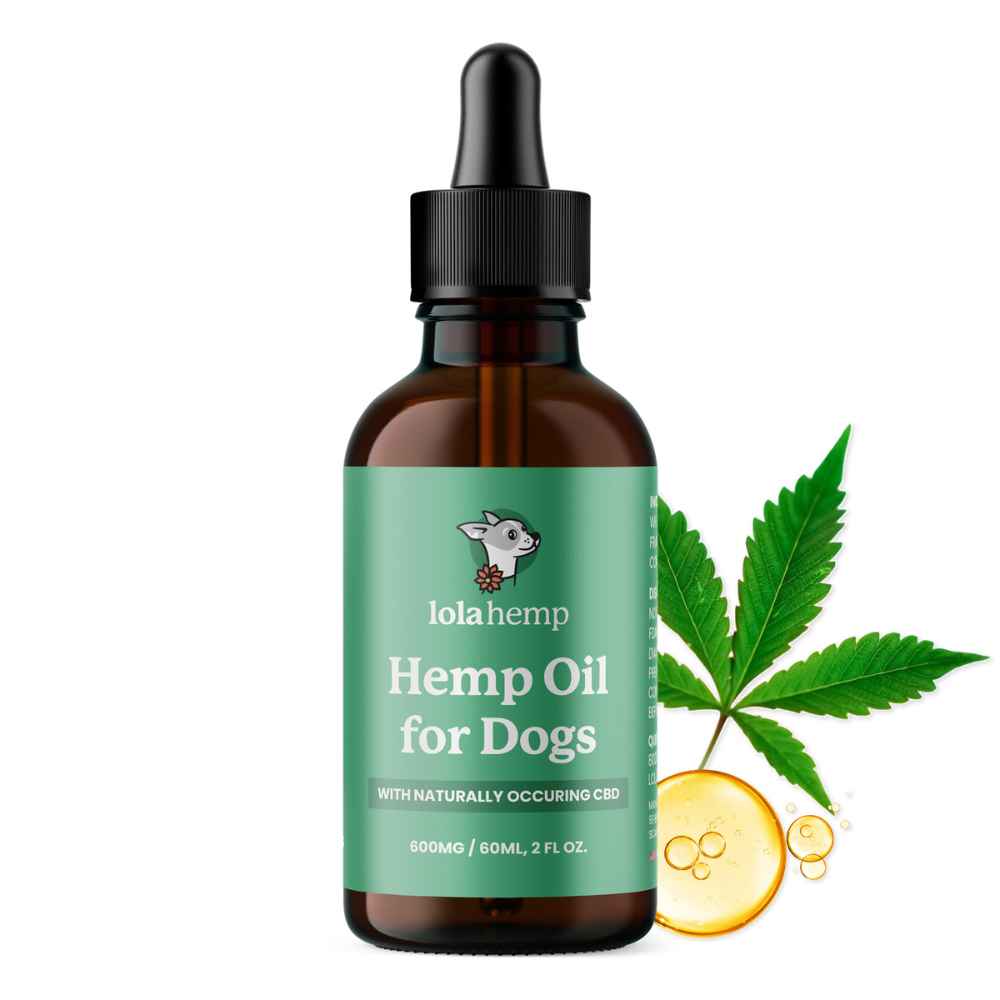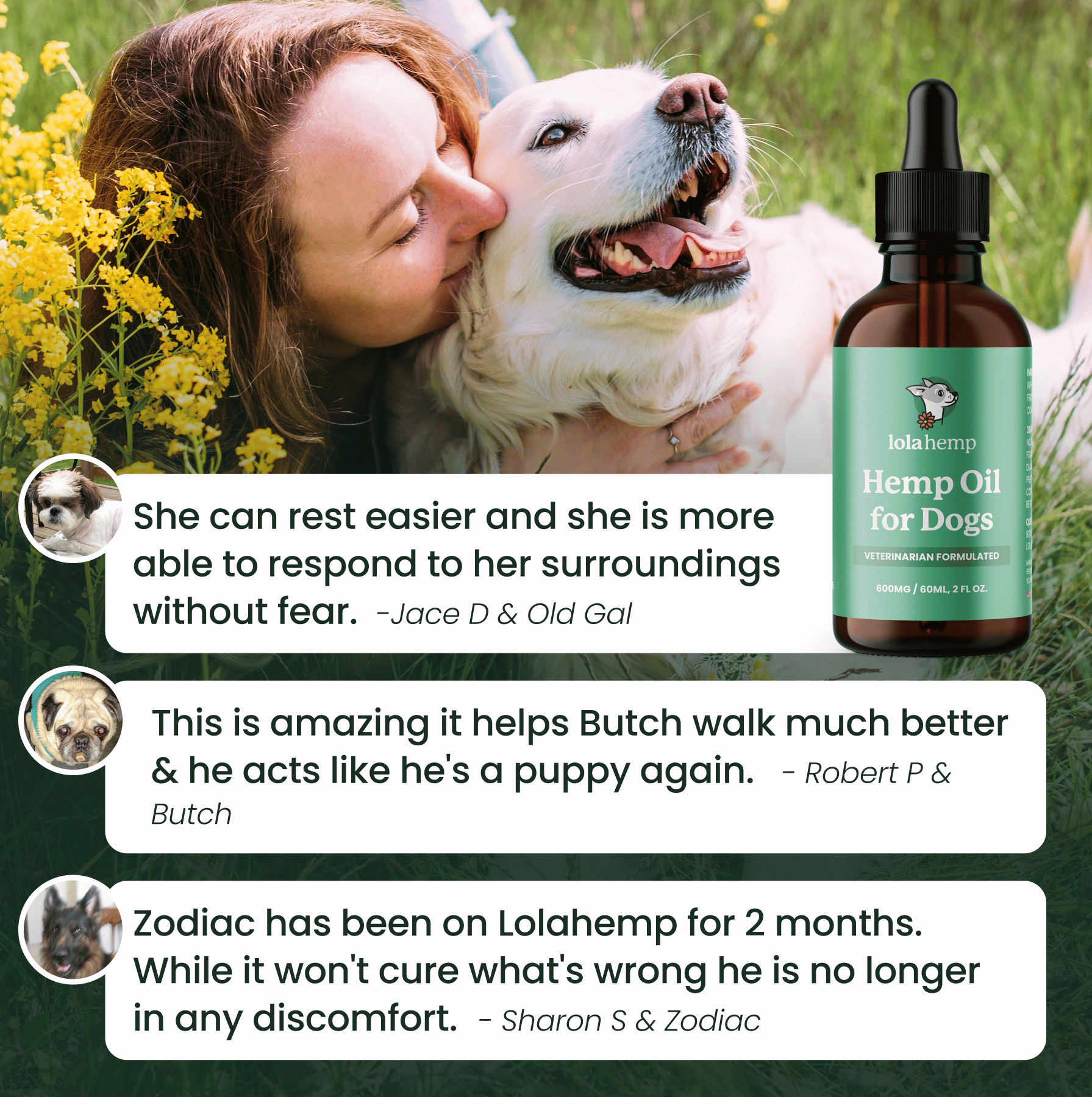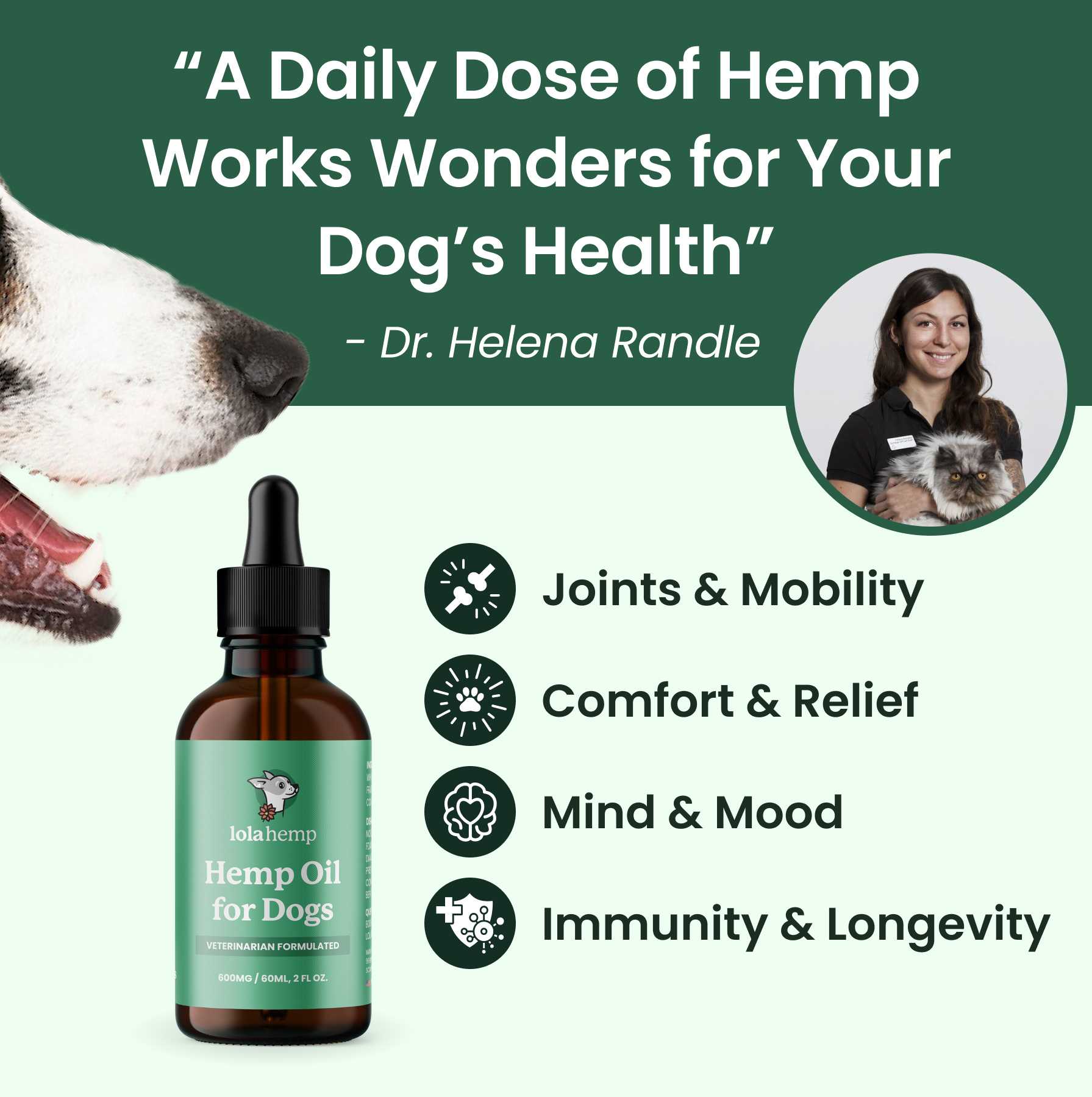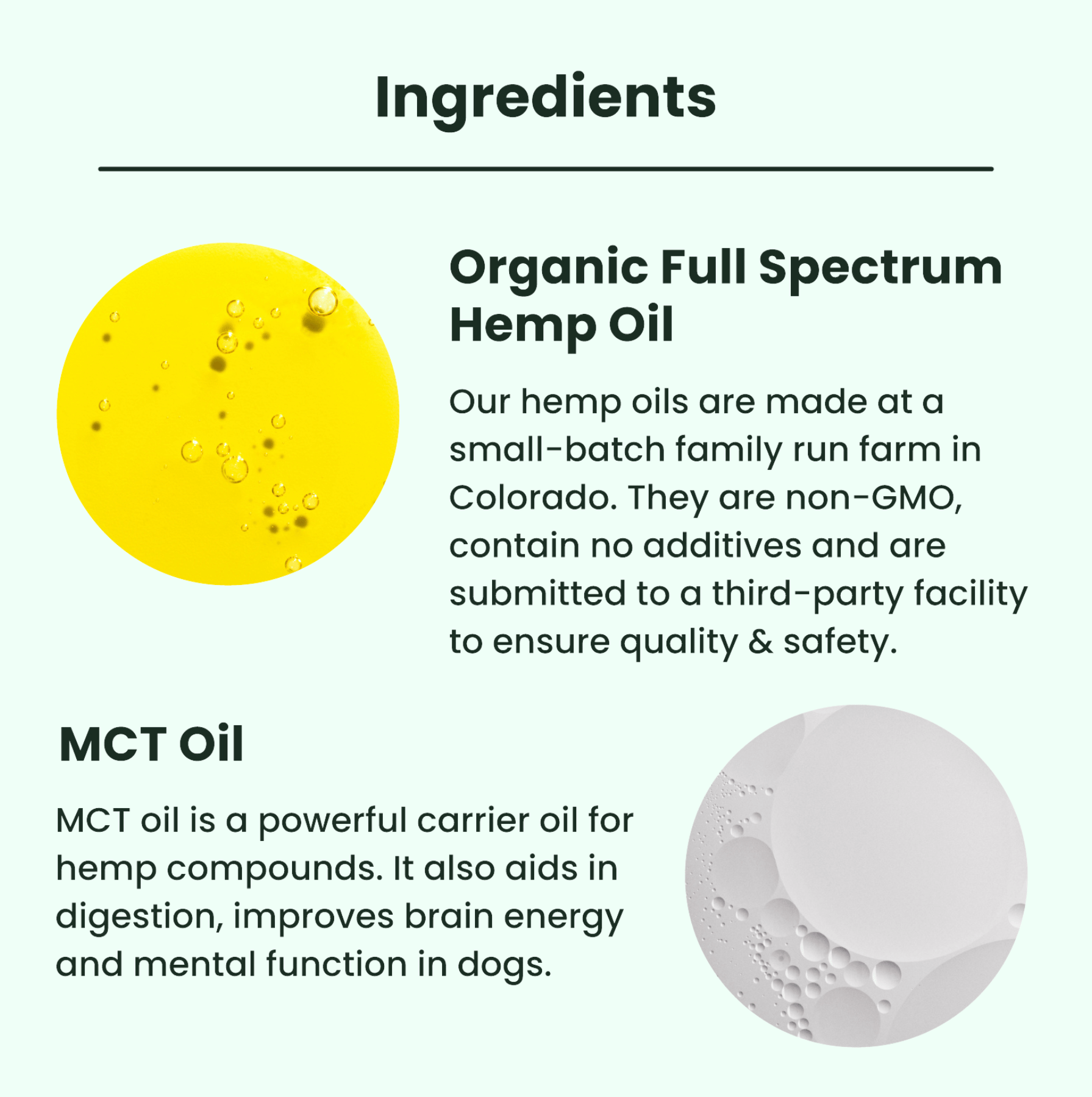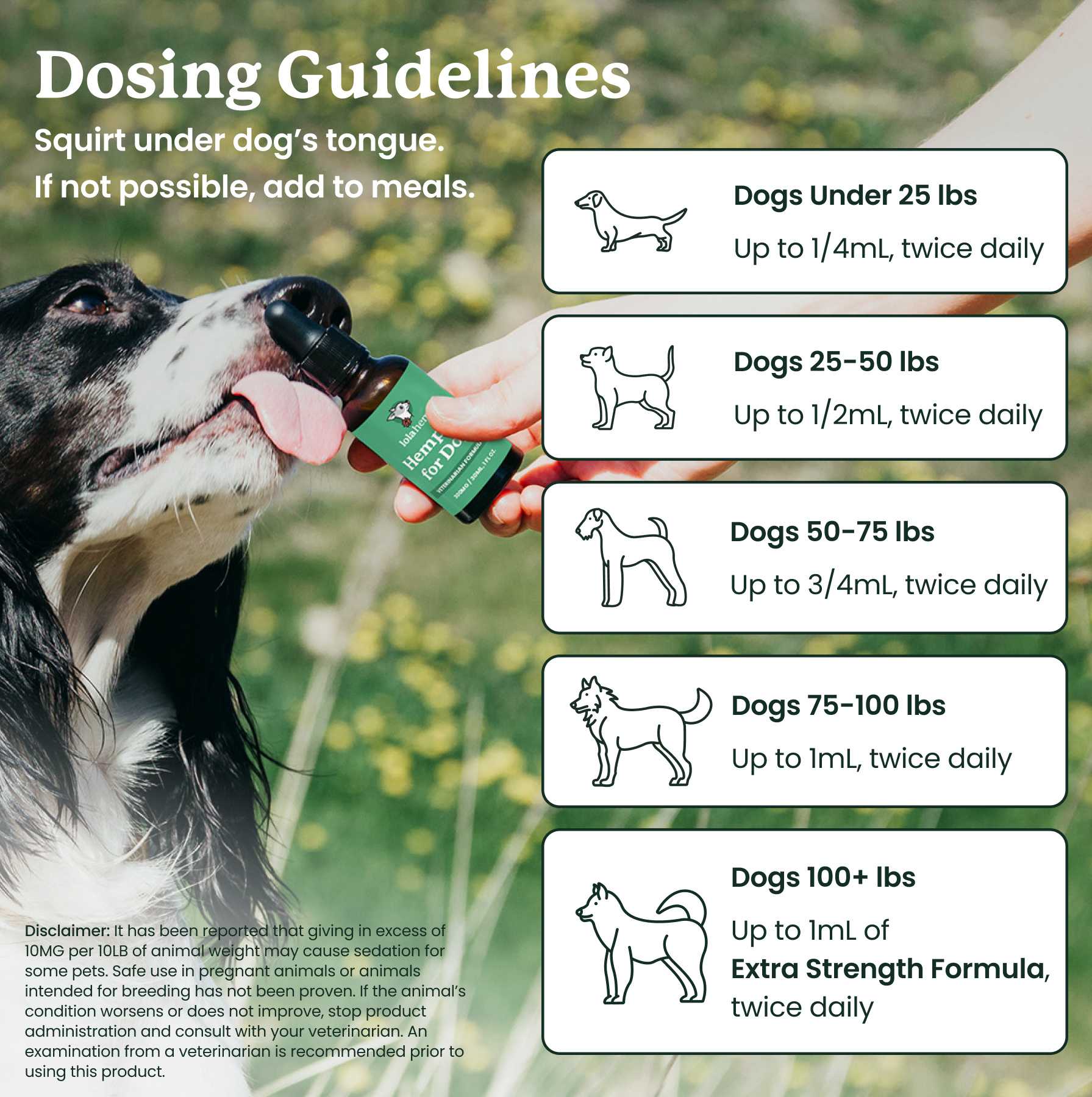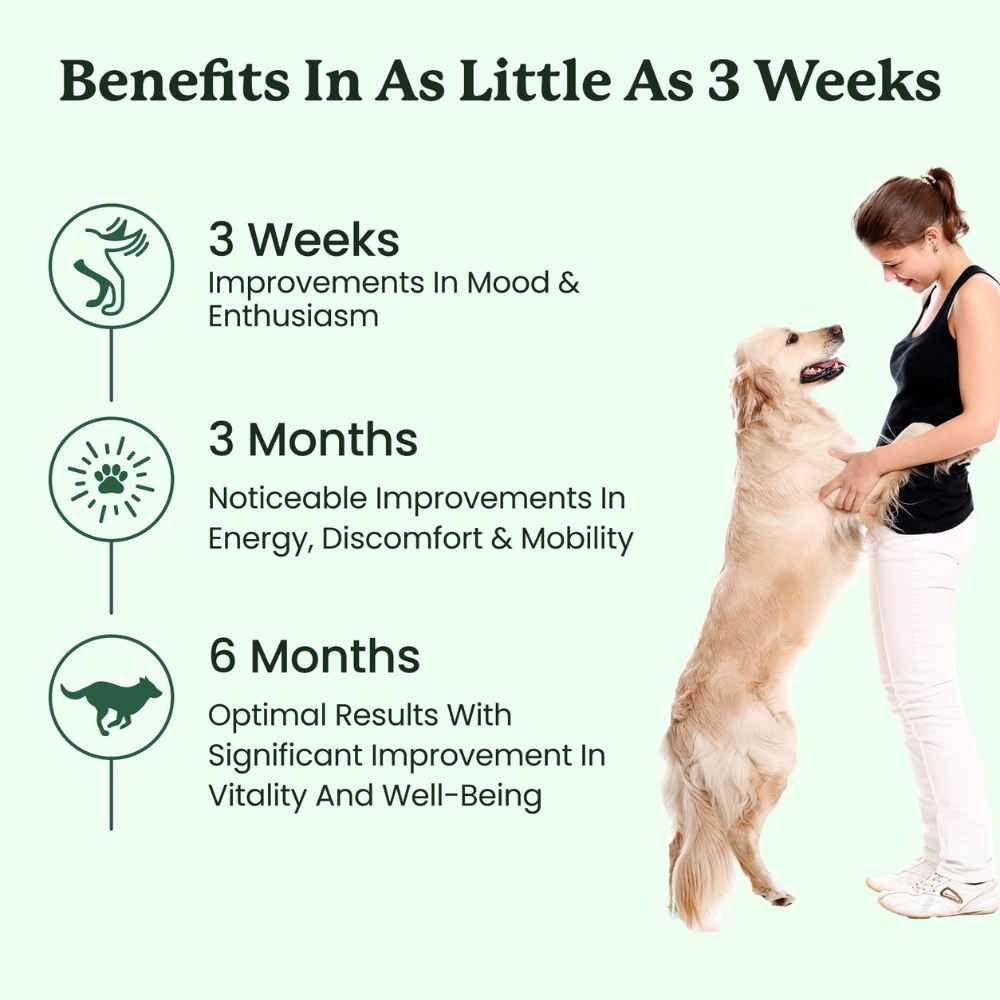Obesity in dogs is one of the most common health issues veterinarians see, but it’s also one of the most preventable. Maintaining a healthy weight can add years to your dog’s life and reduce the risk of serious health conditions like diabetes, joint deterioration, heart disease, and anxiety.
If your dog is overweight, now is the time to take action. By making gradual changes to their diet, exercise routine, and lifestyle, you can help them reach and maintain a healthy weight.
If your dog's joint health is struggling, consider a natural supplement to help them feel more comfortable while you embark on their weight loss journey.
Keeping an Eye on Your Dog’s Weight
Monitoring your dog's weight regularly is key to catching any issues early. A healthy weight isn’t just about the number on the scale—body composition matters, too.
- Look for a defined waist: When viewed from above, your dog should have an hourglass shape. If their waist is not visible, they may be overweight.
- Feel for their ribs: You should be able to feel your dog’s ribs with a slight fat covering. If you can’t feel them at all, your dog likely needs to shed some weight.
- Observe their energy levels: Overweight dogs often show decreased stamina and enthusiasm for exercise.
If you’re unsure whether your dog is at a healthy weight, your vet can assess their body condition and recommend any necessary changes. You can also look for symptoms like limping, refusal to walk, or even labored breathing from joint discomfort.
How to Help Your Dog Lose Weight Safely
Weight loss in dogs should be a gradual and steady process. Rapid weight loss can lead to muscle loss and other health issues. Start with a visit to the veterinarian to rule out any underlying conditions and determine a safe and effective plan.
Actionable Tips for Helping Your Dog Lose Weight
- Portion Control: Use a measuring cup or kitchen scale to feed the appropriate amount based on your dog’s size, age, and activity level. Avoid free-feeding.
- Choose Nutrient-Dense Foods: Opt for a high-protein, low-calorie diet that keeps your dog full while reducing calorie intake.
- Gradually Increase Exercise: Start with short walks and low-impact activities, then build up as your dog’s endurance improves.
- Healthy Treat Alternatives: Swap high-calorie treats for veggies like carrots or apple slices.
- Stick to a Feeding Schedule: Consistent meal times help regulate appetite and digestion.
- Monitor Progress: Weigh your dog regularly and track their progress. Adjust portions and activity as needed.
The Benefits of Maintaining a Healthy Weight
Keeping your dog at an ideal weight does more than improve their mobility—it can extend their lifespan and enhance their overall quality of life.
- Longer Lifespan: Studies show that dogs at a healthy weight live up to two years longer than overweight dogs.
- Lower Risk of Chronic Disease: Obesity increases the risk of diabetes, heart disease, and arthritis.
- Better Joint Health: Excess weight puts strain on the joints, leading to mobility issues and injury.
- Lower Veterinary Costs: Owners of overweight pets spend significantly more on vet care and medications.
Your Dog’s Diet: The Key to Weight Management
A well-balanced diet is crucial for successful weight loss. The right food will keep your dog satisfied while ensuring they get the necessary nutrients.
Best Practices for Feeding Your Dog
- Choose High-Quality Food: Look for protein-rich options with minimal fillers like grains and by-products.
- Control Portions: Stick to measured meals and avoid overfeeding.
- Be Mindful of Treats: Treats should make up no more than 10% of your dog’s daily calories.
- Gradually Transition Foods: If switching foods, introduce the new diet slowly to avoid digestive upset.
Exercising with Your Dog
Regular exercise is key to keeping your dog fit and preventing weight gain. Even simple activities like daily walks can make a big difference.
Fun Ways to Keep Your Dog Active
- Daily Walks: Start with 15–20 minutes and increase gradually.
- Interactive Play: Games like fetch, tug-of-war, or hide-and-seek keep dogs engaged.
- Swimming: A great low-impact exercise for older dogs or those with joint issues.
- Obstacle Courses: Set up a simple agility course in your backyard to challenge your dog’s mobility.
Final Thoughts
Helping your dog maintain a healthy weight is one of the most impactful things you can do for their long-term health. By managing their diet, keeping them active, and monitoring their weight, you can ensure they live a long, happy, and comfortable life. Always consult with your vet before making major changes to your dog’s routine, and remember—small, consistent efforts add up over time.
Dog Weight Management FAQs
How can I tell if my dog is overweight?
If you can’t feel your dog’s ribs and their waistline isn’t visible from above, they may be overweight. Reduced energy and shortness of breath can also be indicators.
What causes weight gain in dogs?
Common causes include overeating, lack of exercise, hormonal imbalances, or feeding too many high-calorie treats. Some breeds are also more prone to weight gain.
How fast should my dog lose weight?
Safe weight loss typically occurs at 1–2% of total body weight per week. Always follow your vet’s guidance to prevent muscle loss or nutrient deficiencies.
Can I give my dog treats during weight loss?
Yes, but choose healthy, low-calorie options like baby carrots or apple slices. Keep treats under 10% of daily calorie intake.
Does exercise alone help dogs lose weight?
Exercise is vital, but diet is equally important. Combining portion control with consistent physical activity yields the best results.

